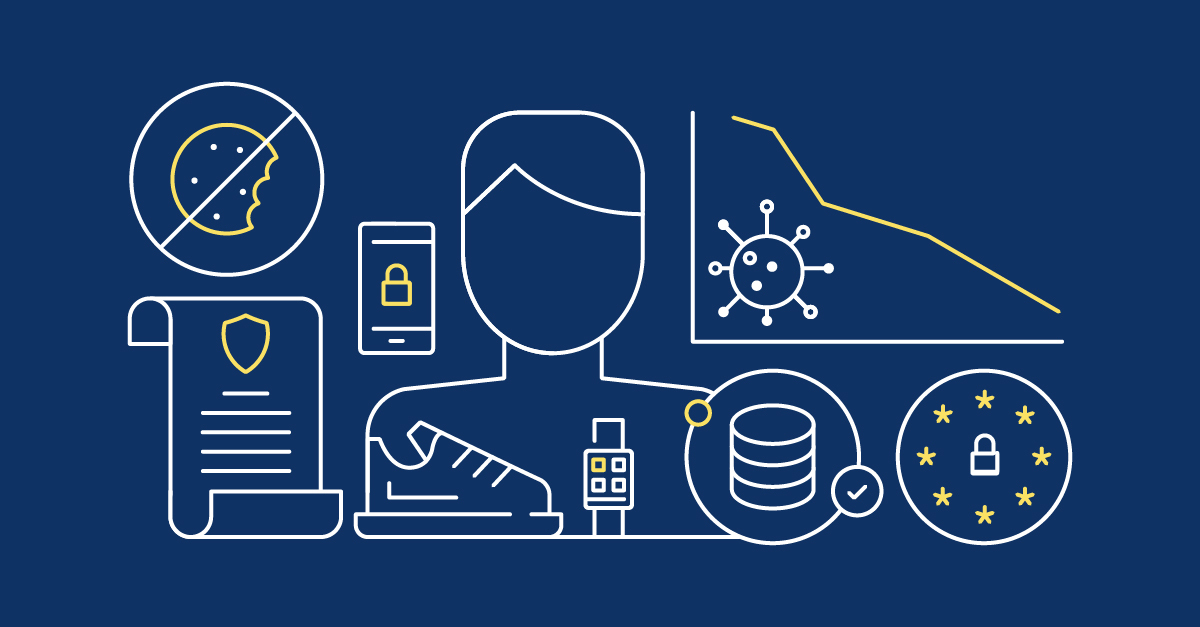The data landscape for retail and consumer goods is going through some pretty significant changes right now. Between regulation changes, the end of the third-party cookie as we know it, Brexit, and the repercussions of Covid-19, the landscape is shifting, to put it mildly.
We wanted to get a better understanding of how all these shifts are affecting brands, retailers, platforms, and data providers, and what they were doing to navigate them. So we got some together in a (virtual) room to talk about their data connections.
The result was a forty-five minute webinar filled with practical examples of data connectivity in action, and useful advice from Nestlé, Nectar360, Kantar and Snap.
You can listen to the webinar here, or read on for some choice highlights from the chat:
1. The biggest data challenges in retail
First of all, our panel dove into the biggest data challenges they’re seeing in the industry. And there was a common theme – almost all the panelists talked about the quality and robustness of data.
Everyone’s first-party data is going to have strengths and weaknesses. Sometimes this will be about the types of data collected, or the nature of the relationships the data holder is involved in. A brand with minimal D2C is going to have minimal consumer data, for example.
This led to the first piece of valuable advice from the webinar: Find data that matches your ambitions, don’t change your marketing to match your data.
This means identifying the type of data you need, mapping those needs against your existing first-party data, and then identifying the type of data partnership you need to fill any gaps.
2. Retail data usage in action
Next, our panelists shared a number of real-world examples of success stories with data usage. These included everything from the launch of a rebrand and seeding the idea of a new kind of porridge topping, to becoming part of #veganuary and a lockdown AR Easter egg hunt.
And there was some amazing data to go with it. The rebrand example scored an impressive 4.1 million impressions, and led to a remarkable 65% of purchases not being from traditional customers (either being new or lapsed).
The AR example showed a fantastic way brands could use new mediums to deliver alternative versions of traditional activities, currently hindered by lockdown measures. If you want more detail on any of these examples, this section of the webinar starts at about nine minutes in.
3. (Re)building trust in data usage
For different panelists, trust meant different things. For some, it was the obvious question of customer trust, how to build it, and how to connect it. For some it was about building trust in new methods of using data.
One of the interesting takeaways was about empathy. A panelist was talking about how to make sure data usage wouldn’t harm consumer trust by placing themselves in the shoes of the consumer, “Putting their consumer hat on” and asking if they’d feel comfortable with it.
Obviously a robust data policy is needed at any company handling data, but this method is a great way to make sure individual employees engage with privacy at a personal level.
4. Setting a data partnership up for success
Another valuable highlight of the webinar was the advice one panelist gave for brands looking to start a data partnership. It was all about the two things brands should put in place in order to set the partnership up for success:
- Set out a clear data policy – make sure it’s clear to your partner what data can be used, how long it can be used for, and what it will be connected to (tiny plug, this is something the Safe Haven platform can help with). By having a clear policy, you are more likely to prevent data leaks and breaches.
- Define expectations for results – discuss what a successful outcome looks like at the start of the process, so you have a shared goal to work towards.
5. The changing nature of D2C
One topic that came up a few times during the webinar was the nature of D2C for brands. The lack of D2C was part of the conversation about first-party data (no surprises there) but was also brought up in an audience question about the current situation.
The question was “With consumers shopping in a different way, in particular an increase in online, do you expect to see FMCGs moving to having more direct relationships with consumers?”
This kicked off an interesting conversation about the nature of D2C for brands. It covered everything from PepsiCo’s recent launches of snacks.com and pantryshop.com to the inability to accurately measure success on retailers such as Amazon.
But one point stuck out: D2C isn’t a strategy in itself and should be in response to a wider strategy.
Hear it all for yourself
Those are five of the key highlights from the event, but if you want to hear more about any of them (or see what else our panelists spoke about) the full webinar is available to listen to here:
